When Union Lt. Hannibal A. Johnson and three fellow officers made a daring escape from a Confederate prison camp in South Carolina at the end of November 1864, their successful journey back to Union Army lines in Tennessee, some 500 miles away, would have been impossible without the aid of dozens of Black guides. After the second night on foot, they knocked at a plantation cabin to ask for food and from there they were fed, sheltered, guided, and handed off “from one plantation and guide to another for several weeks, with each guide taking them anywhere from eight to 25 miles, leaving them with a new guide and returning the same distance home.”
At every step of their journey enslaved people organized — sending a runner to alert people they were coming, which would spark the production of four additional meals, sleeping arrangements, and a search for a new guide. This is one example of an emancipation circuit — a network built through resistance to slavery that grew and changed during the Civil War and laid the groundwork for the Republican and Union League activists and organizers, many of whom were formerly enslaved themselves, who would build Black power in the South during Reconstruction.
Thulani Davis’ The Emancipation Circuit is a groundbreaking attempt to map the geography of Black organizing in the South and uncover many stories of organizers, whom she calls “circuit riders.” It’s an essential read to uncover — and to teach — a people’s history of Reconstruction. [From Rethinking Schools.]
ISBN: 9781478018193 | Duke University Press

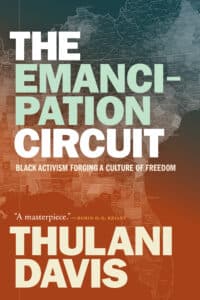
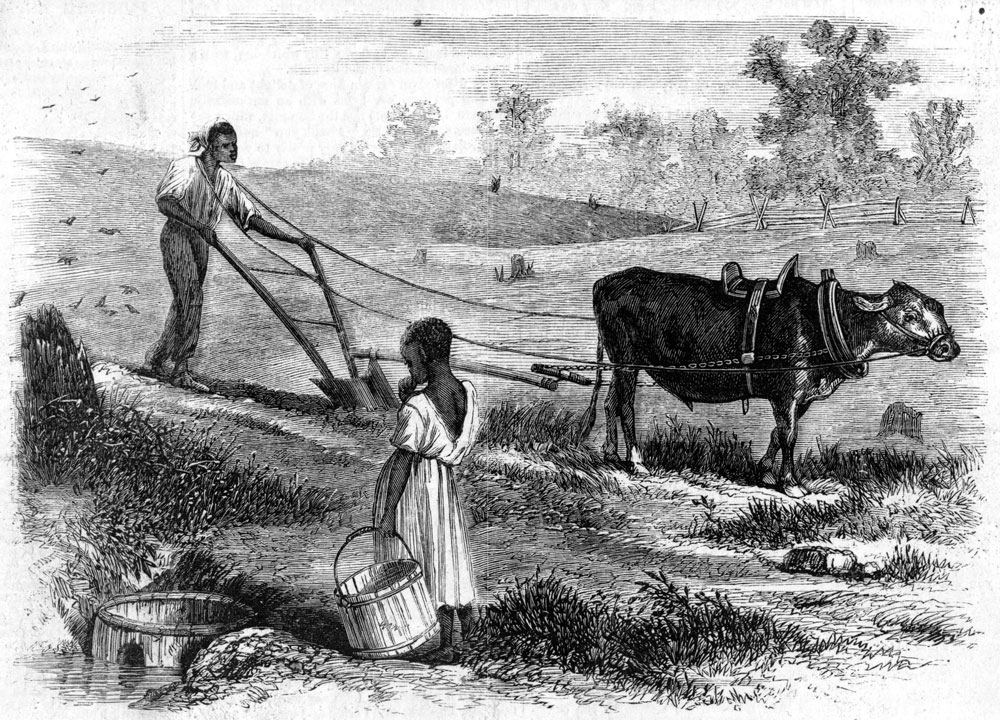
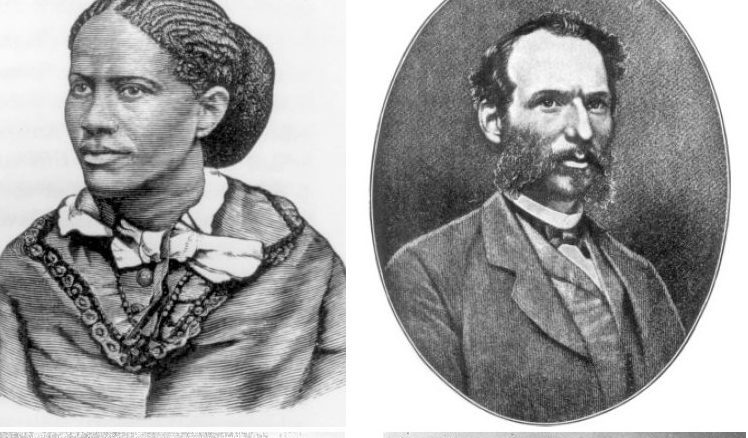


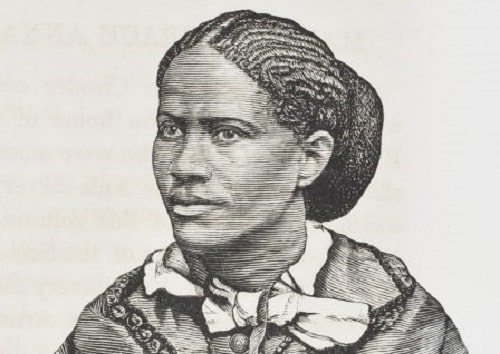
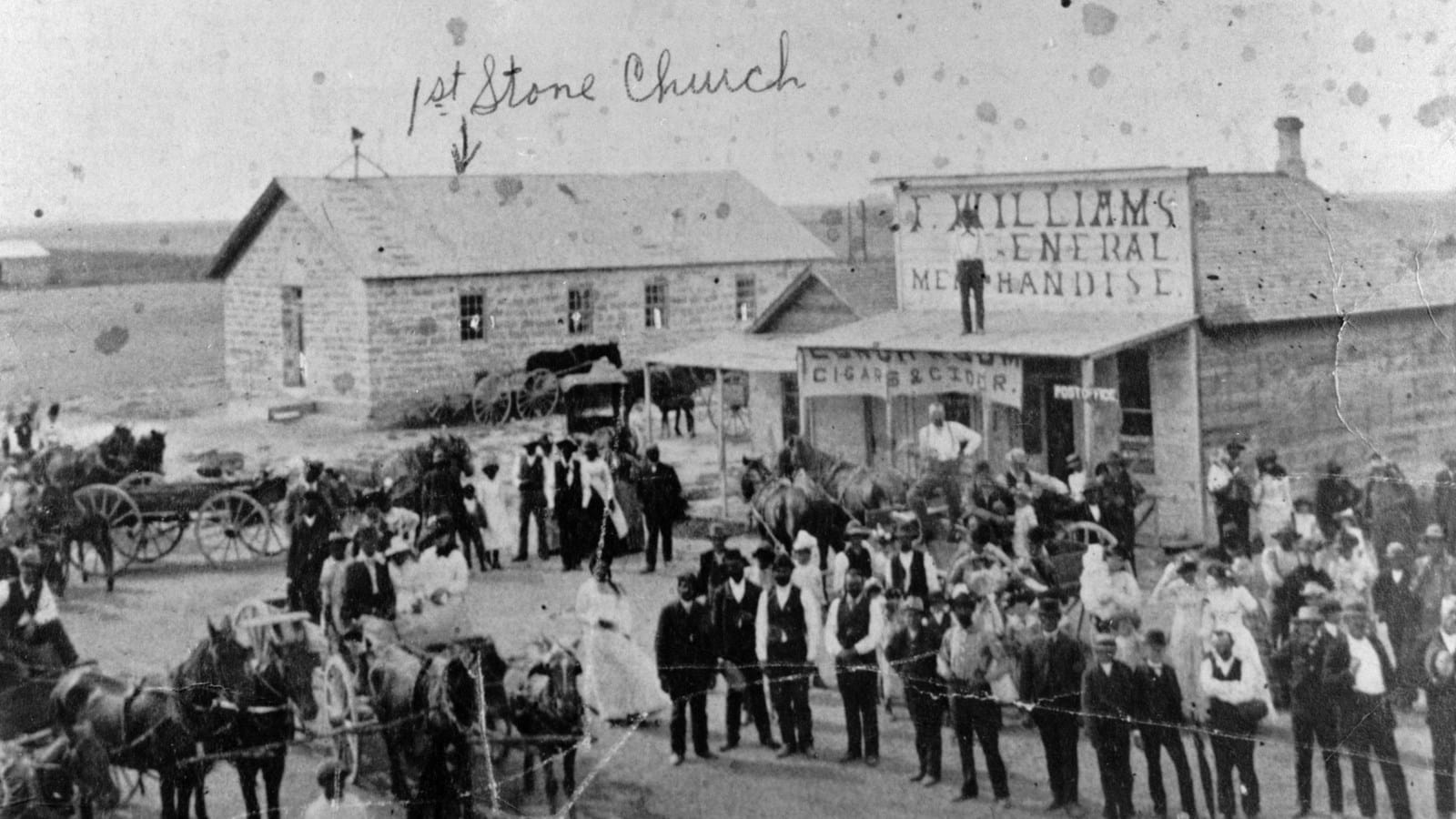






Twitter
Google plus
LinkedIn